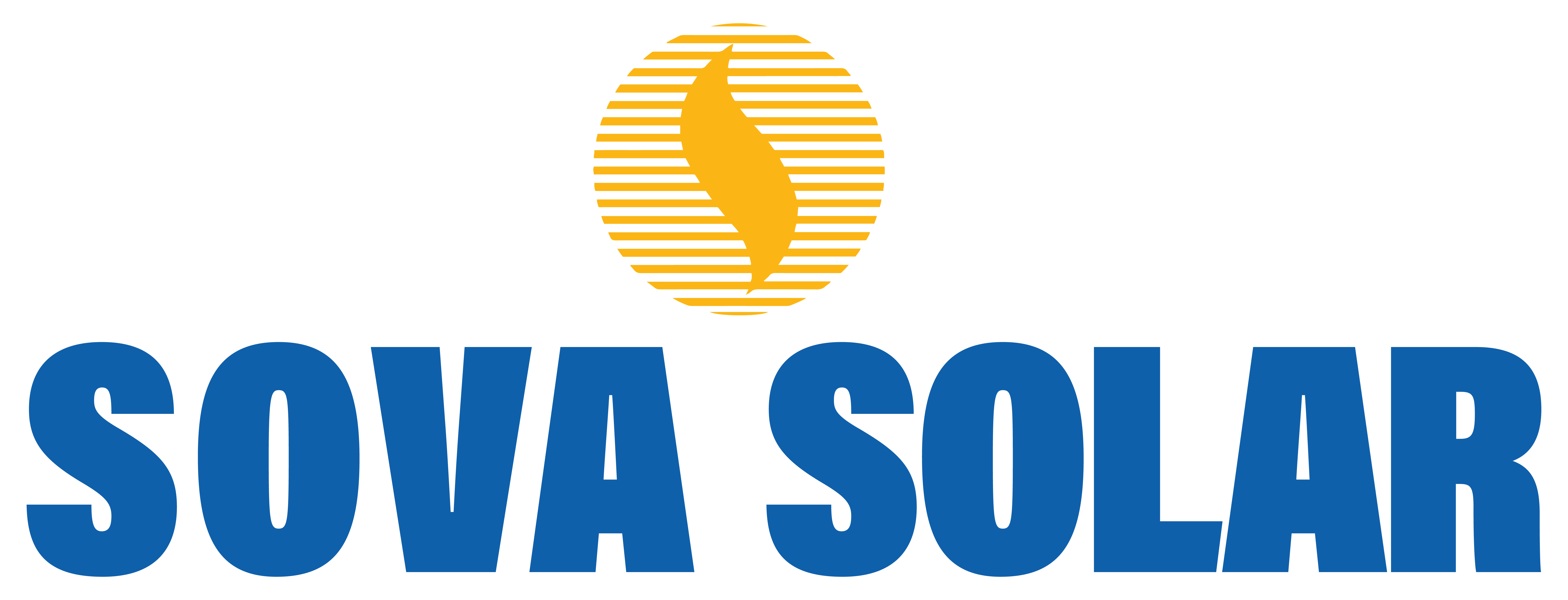
- sovasolar_admin
- Apr 28, 2025
- Uncategorized
- 0 Comments
In the dynamic B2B solar industry, where scale, precision, and ROI drive every decision, the size of a solar cell isn’t just a technical specification—it’s a strategic differentiator. For engineering teams, procurement heads, and energy consultants, understanding how solar cell size influences system design and performance can unlock new levels of cost-efficiency and output optimization.
This blog explores how the dimensions of a solar cell impact energy generation, panel architecture, installation logistics, and long-term performance—key considerations for stakeholders designing large-scale solar systems. For solar panel manufacturers in Delhi like Sova Solar, aligning product innovation with these insights ensures we meet the complex needs of today’s B2B energy ecosystem.
Understanding the Building Block: What Is a Solar Cell?
A solar cell is the fundamental unit in a photovoltaic (PV) module, converting sunlight into electricity via the photovoltaic effect. While residential customers may focus on panel aesthetics or space constraints, B2B buyers evaluate systems based on lifetime value, output per square meter, and performance reliability.
Cell sizes have evolved from traditional 156mm to newer formats such as M6 (166mm), M10 (182mm), and M12 (210mm). These shifts in sizing are not cosmetic—they’re tied directly to efficiency, scalability, and ROI.
Why Solar Cell Size Matters in B2B Applications
1. Higher Output Per Module
Larger solar cells capture more sunlight, increasing per-cell energy generation. This translates into higher-wattage panels, ideal for commercial rooftops, warehouses, and solar farms seeking to maximize energy yield within spatial limits.
2. Reduced Electrical Resistance
Fewer, larger cells in a module reduce internal resistance, increasing conversion efficiency. In utility-scale projects, even marginal gains in efficiency can result in significant financial impact over time.
3. Streamlined Installation & BOS Savings
Higher-output panels mean fewer modules per megawatt installed. This lowers Balance of System (BOS) costs, including mounting structures, wiring, and labor—crucial for keeping large-scale projects within budget.
4. Advanced Thermal Engineering
While larger cells may generate more heat, advanced encapsulation and backsheet technologies mitigate thermal stress. For B2B buyers focused on long-term performance warranties, this technical advantage is essential.solar panel manufacturers in Delhi
Trends Shaping B2B Solar Manufacturing
Across the solar sector, manufacturers are scaling up to M10 and M12 cells to serve commercial and industrial customers better. At Sova Solar, one of the leading , our R&D aligns with these trends—ensuring our modules deliver optimal efficiency while supporting flexible system design.
- Key industry shifts include:
Adoption of larger cell formats for commercial-scale panels - Use of half-cut and bifacial cell technologies
- Integration of HJT and shingled designs for improved temperature tolerance
These innovations are enabling EPC companies, infrastructure developers, and power producers to choose modules that align with their business goals.
Tailoring Size to Project Requirements
Every commercial and industrial application has unique energy needs and spatial constraints. Solar cell size becomes a key variable in system engineering:
- Industrial Parks & Factories: Large-format cells reduce panel count, easing structural load.
- Commercial Rooftops: Higher wattage per panel ensures optimal use of roof space.
- Utility-Scale Farms: Bigger cells streamline logistics, wiring, and installation.
Customization is critical. At Sova Solar, we work closely with EPC and corporate clients to tailor our modules for project-specific parameters.
Precision + Performance = Better Business Outcomes
Technological advancements in cell design are bridging the gap between high performance and long-term reliability. From half-cut cells that reduce power loss to PERC and bifacial cells that boost rear-side energy capture, today’s solar cells are engineered for the complex demands of B2B clients.
For solar panel manufacturers in Delhi aiming to lead in the B2B segment, innovation isn’t just about efficiency—it’s about system integration, reliability, and measurable outcomes.
Final Thoughts: Solar Strategy Starts with Cell Size
In B2B solar procurement, every detail counts—and solar cell size is a strategic lever, not a footnote. From microns to megawatts, understanding how cell dimensions affect performance, layout, and ROI can empower better decision-making for developers, EPC firms, and institutional buyers.
At Sova Solar, we engineer solutions that combine high-performance solar technology with project-specific practicality. Whether you’re building a 500 kW commercial rooftop or a 50 MW solar park, we’re here to help you scale with confidence.
Partner with Sova Solar, one of the trusted solar panel manufacturers in Delhi, to power your next project with innovation, precision, and purpose-built performance.






